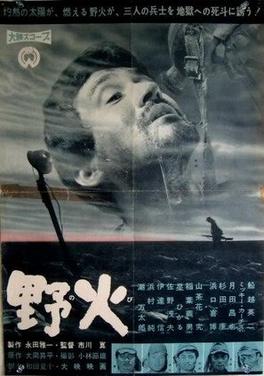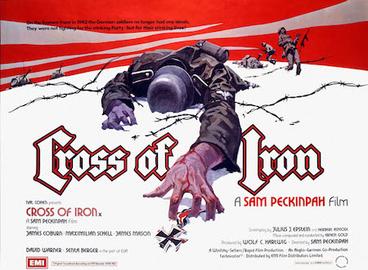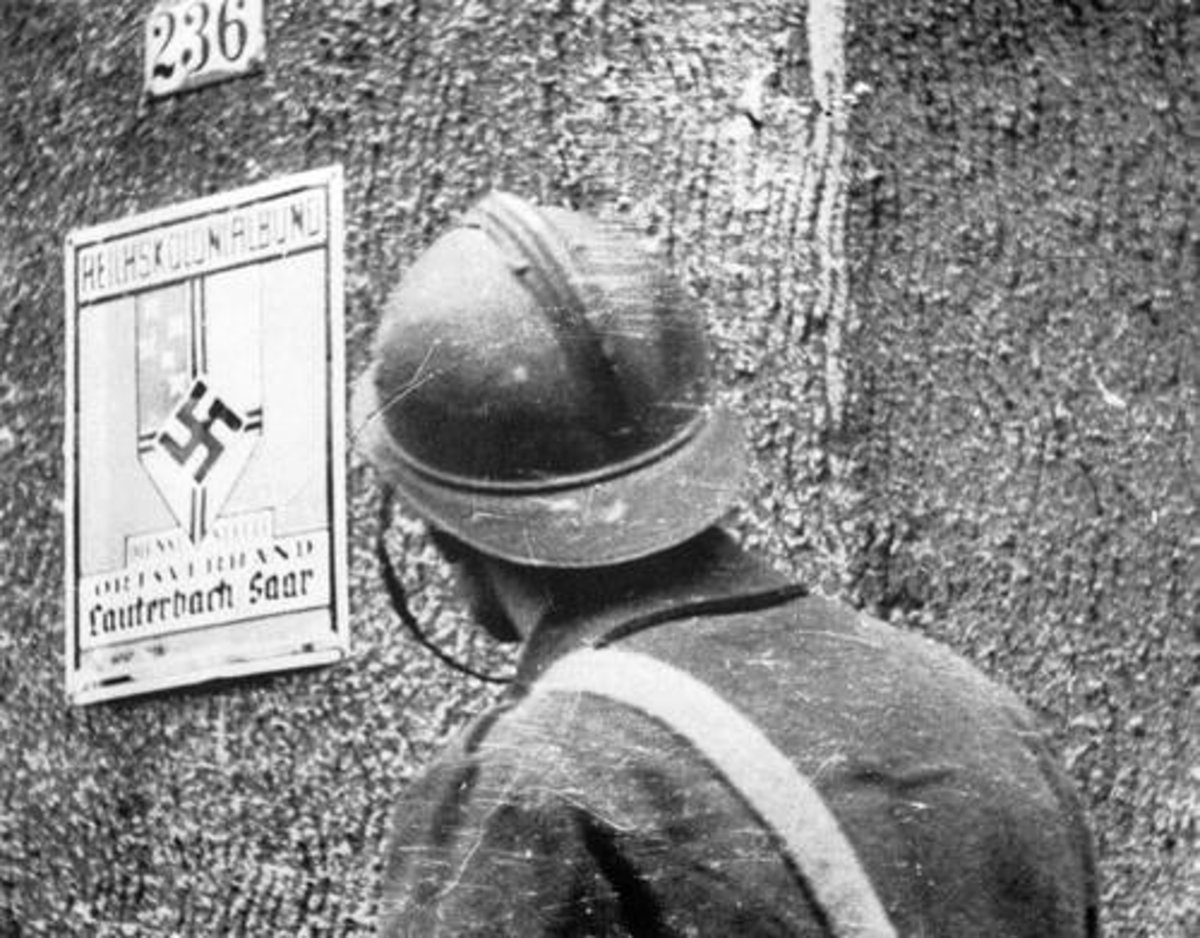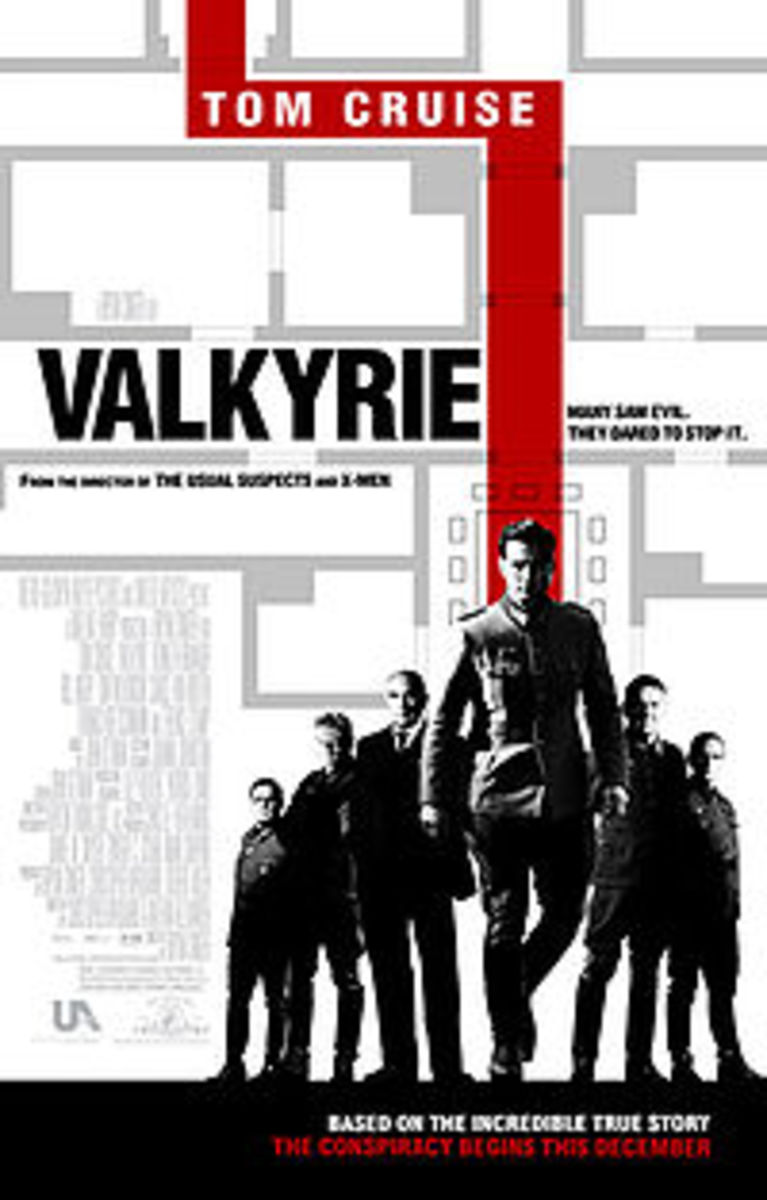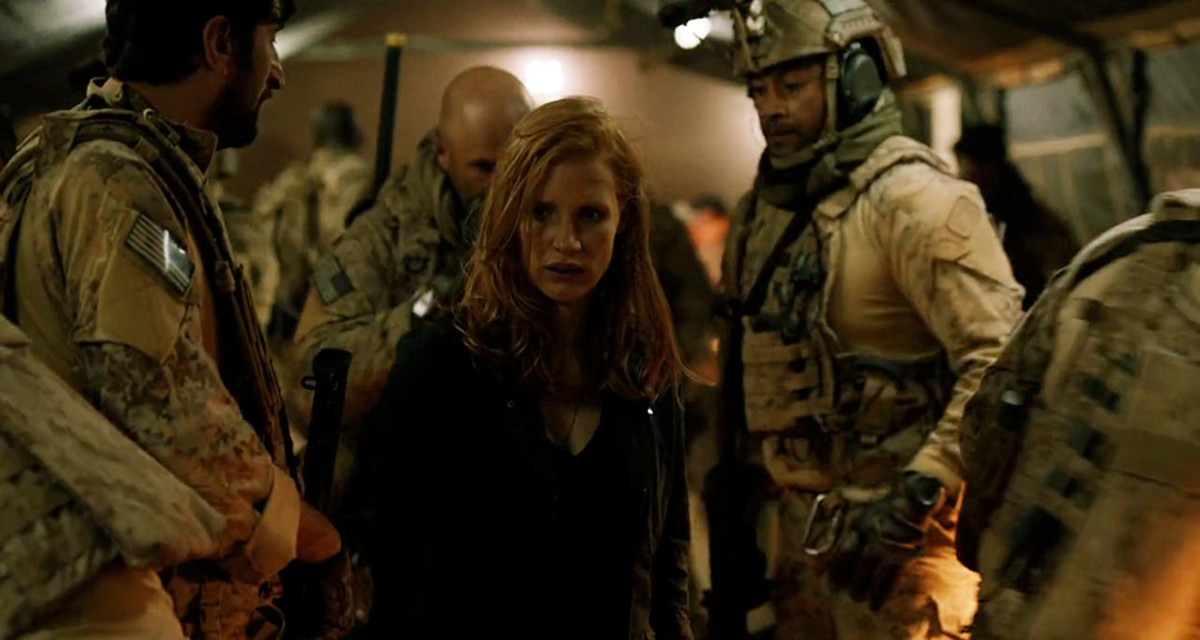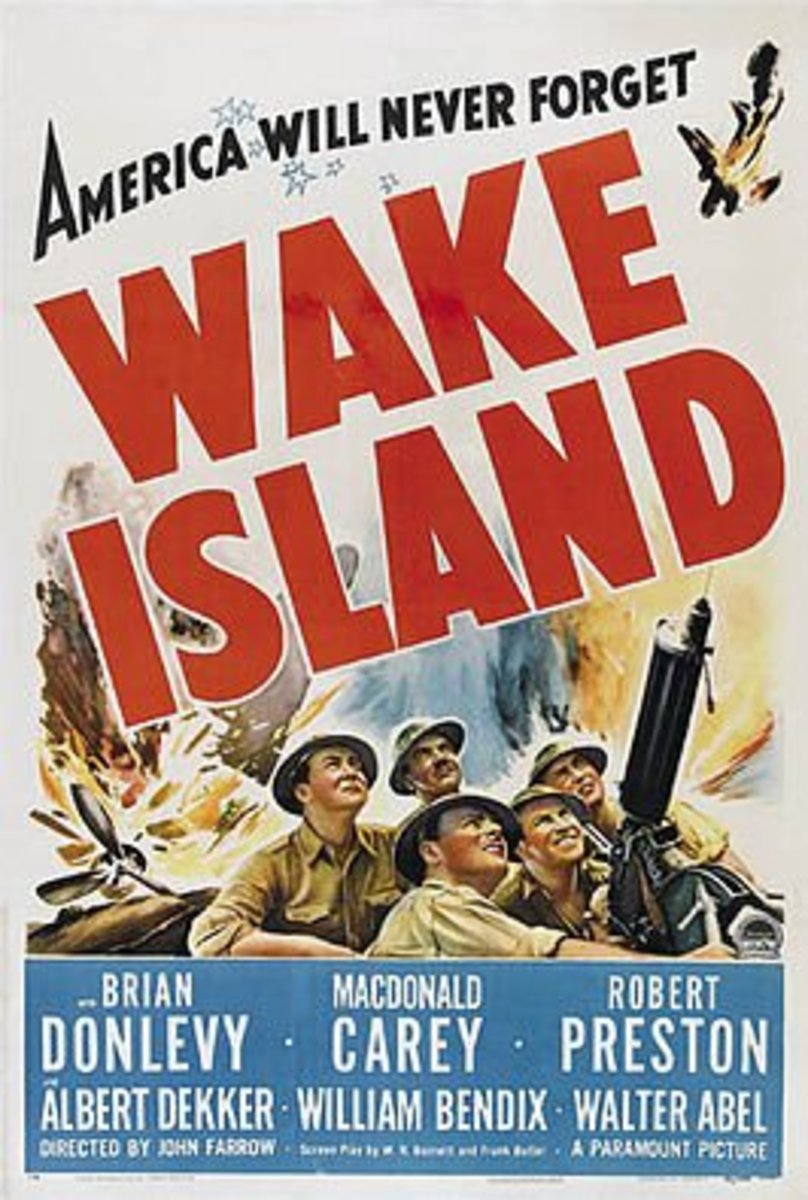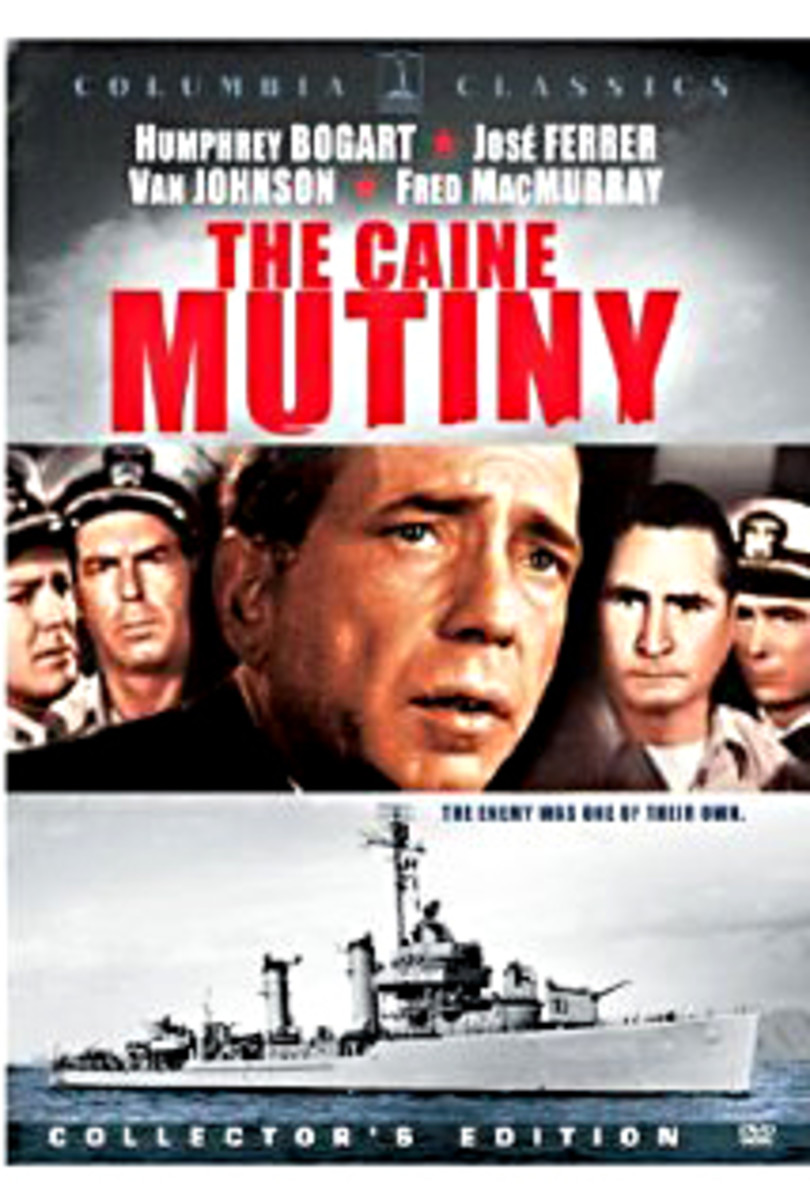Some ‘Bad Guy’ War Movies







The Scope
This article covers some war movies where the major characters are ‘the enemy’, from an American point of view. These movies are different from war movies that cover both sides of a battle. Excluding the “good guys” denies the viewer the perspective of the side that is fighting the good fight. These movies often cover characters and subjects that might be uncomfortable in a "good guy" movie. The viewer gets the perspective of the losers who are fighting on the wrong side. The movies in this article are about troops on the ground rather than naval or air forces. This article contains spoilers for some of the movies discussed.
All Quiet on the Western Front
This 1930 movie is the granddaddy of “Bad Guy” war movies. It is based on the Erich Maria Remarque novel. The film won the Academy Award for Outstanding Production and Best Director. It is an American film about German soldiers in World War I. The actors don’t speak with faux German accents. This has the effect of making it easier for the American audience to identify with the characters.
The movie begins in a high school classroom. Professor Kantorek (Arnold Lucy) tells his class, all boys, about how thousands of young Germans were joining the army to serve The Fatherland. He tells how in one class all the students joined the German army and how proud he would be if all his students would do the same. All the students decide to join the German army. They join in singing Die wacht am Rhein. The sing along scene is a staple of war movies.
The movie focuses on Paul Bäumer one of the student who enlisted in the army. Paul sees his school friends die one by one. The German soldiers aren’t depicted as behaving brutally. In one scene Paul is in a ditch when a French solder sees him and jumps in the ditch. In the hand-to-hand combat Paul mortally wounds the French soldier. The French soldier takes a long time to die and Paul regrets what he did.
For the characters basic necessities override other considerations. When their friend dies in the hospital one of the soldiers is happy he inherited the man’s boots. There are a series of sequences showing other soldiers inheriting the same pair of boots from their fallen friends. Another scene has the cook (William Irving) upset because he didn’t get the word that ½ the company was killed in action. He cooked for 150 men instead of the 80 survivors. The survivors were happy. One soldier (Louis Wolheim) remarks, “What a feast! Everyone gets two issues!”. Three French girls (Poupée Andriot, Yola d'Avril, Renée Damonde) who live in a farmhouse near where Paul and his friends are quartered invite Paul and his friends over for a night. When Paul and his friends arrive it’s obvious the girls invited the German soldiers so the girls could get some food.
When Paul goes home on leave he finds himself out of place. The people back home don’t realize the German army is in an untenable situation. He goes back to his old school and finds Professor Kantorek is still talking his students into joining the army. The Professor is happy to see Paul and asks him to tell the class about the front. Instead of talking about heroics he tells the class:
I can’t tell you anything you don’t know. We live in the trenches out there, we fight, we try not to be killed; and sometimes we are. That’s all.
When Professor Kantorek presses him, Paul gets angry and tells his feelings. The dead died for nothing. The students call Paul a coward. Paul has had enough of the civilian world. He cuts his leave short and goes back to his unit.
Sing Along Songs in War Movies
Movie
| Song
| Movie
| Song
|
|---|---|---|---|
Windtalkers
| Marine Hymn
| Top Gun
| You lost that loving feeling
|
Anzio
| Bye Bye Blackbird
| From Here to Eternity
| Reenlistment Blues
|
Gods and Generals
| The Bonnie Blue Flag
| The Hunley
| The Bonnie Blue Flag
|
The Battle of the Bulge
| Panzerlied
| She Wore A Yellow Ribbon
| She Wore A Yellow Ribbon
|
Doctor Zhivago
| L'Internationale
| Zulu
| Men of Harlech
|
Fires on the Plain
This 1959 Japanese movie is set in The Philippines, 1945. It begins before the Japanese Army in The Philippines disintegrates. The Japanese soldiers are sick and starving. The story is about the wanderings of Private Tamura (Eiji Funakoshi). He decided to surrender. Another solder surrenders first and the enemy machine guns the surrendering soldier. Surrender is not an option.
Japanese soldiers resort to cannibalism. They euphemistically say they are eating “monkey meat”. Tamura lives in a limbo. He is alive but knows he will either die of disease or starvation or be killed. The film’s title refers to farmers burning their fields to make them ready for planting. Tamura can see the burning plains in the distance. To him the fires on the plain represent normal people doing normal things in their normal lives. It is what he will never be again. The best he can do is see farmers preparing their fields for planting.
Attack and Retreat
This 1964 Italian/Soviet Union film is about Italian soldiers on the Russian Front. The film begins with a train taking an Italian division through the Russian countryside during the summer. On the ride an Italian Lieutenant is optimistic about a quick victory. His commanding officer reminds him Napoleon also had his army at the gates of Moscow. This doesn’t quell the Lieutenant’s optimism. The Lieutenant believes Hitler is a much better military leader than Napoleon. Things are peaceful for the Italians. The German army is ahead of them and advancing deeper into The Soviet Union. The Germans don’t think much of the Italian troops. One Italian soldier expressed frustration that no one thought much of them as soldiers. He explained even the partisans didn’t bother shooting at them.
The Germans hand some partisan prisoners over to the Italians and demand the Italians execute them. The Italians form a firing squad and shoot the partisans, except for the woman partisan who survives the firing squad’s volley. She is let go. The Italians were fighting Soviet troops for control of a strategic bridge. They were on the verge of victory when German troops on motorcycles arrive. The commander didn’t want the Germans to take credit for an Italian victory and ordered his troops to fire at the feet of the Germans to prevent the Germans from taking part in the battle.
As the war wears on there are supply shortages and morale sags. Ferro Maria Ferri (Arthur Kennedy), a fascist officer, arrives and intends to improve morale through strict discipline.
The Soviet forces counterattack in the Stalingrad area. The axis forces are routed and soldiers make frantic attempts to escape the Soviet onslaught. What is left of the Italian division is surrounded. Almost all of the surviving troops surrender. Two Italian soldiers are separated from their unit. One Italian decides to go with a German Deserter (Ivan Paramonov). The other Italian soldier decides to attempt to make it back to axis lines.
In one scene the Italians exchange greetings with a group of Spanish volunteers. The film is very good at showing the vastness of the Russian Steppes. Scenes of Katyusha rocket attacks and a Soviet cavalry charge illustrate what it’s like to be at the receiving end of an overwhelming force.
Cross of Iron
This 1977 movie is based on the Willi Heinrich book. Sam Peckinpah directed this movie. Peckinpah was famous for shooting scenes with lots of blood splattering. This film is a good example of this part of Peckinpah’s work.
The movie begins with film clips of German troops in action on the Russian Front during the German advance to the sound of children singing Hänschen Klein[i]. The film is set in the Taman Peninsula, 1943. The movie centers around Sergeant[ii] Rolf Steiner (James Coburn). Steiner has been wounded 3 times and has been in 3 battles. He is a holder of the Iron Cross 2nd and 1st Class.
The Commander Colonel Brandt and his adjunct Captain Kiesel (David Warner) aren’t NAZIs and they know Germany is going to lose the war. Captain Stransky (Maximillian Schell) joins the unit. Captain Stransky is an aristocrat. He volunteered for the front so he can get the Iron Cross for standing in his family. When Stransky tells Steiner of his desire to win the Iron Cross Steiner describes it as a worthless piece of metal. Stransky figures out one of his officers, Second Lieutenant Triebig (Roger Fritz) is a homosexual. This gives Stransky something to hold over Triebig.
Steiner’s platoon gets 2 replacements. One is the movie’s NAZI and the other is the type of character that always dies in war movies. There is an attack and Captain Stransky proves useless. Captain Stransky takes credit for the actions of another officer who died in the battle. He named Lieutenant Triebig and Sergeant Steiner as witnesses. Steiner refuses to back up Stransky’s story because Stransky doesn’t deserve the Iron Cross. Steiner also refuses to help Colonel Brandt court martial Stransky because Steiner despises all officers.
The Soviets begin their offensive in earnest. Captain Stransky sees his chance to have the Red Army do his dirty work. He doesn’t notify Steiner’s platoon of the situation. A large Soviet force attacks Steiner’s platoon. After a long fight Steiner and a few of his men escape. As they attempt to get back to the German lines they come upon Soviet troops in a farmhouse.
They attack the farmhouse but cease firing when they see the troops are women. Two women die in the attack. The women kill one of Steiner’s men. This is an opportunity to put the Steiner character beyond redemption. Instead of killing the women Steiner hands the NAZI over to them. He tells the Soviet major they are now even.
Steiner and leaves the farmhouse with the rest of his men. When Steiner and his men reach their lines Lieutenant Triebig, under orders from Stransky, tries to kill Steiner and his men. Steiner doesn’t accept Treibig’s “only following orders” excuse.
Steiner and his men reach their lines just before a massive Soviet assault. During the Soviet onslaught Steiner finds Captain Stransky. Steiner tells Stransky, “I will show you, where the Iron Crosses grow.” Then Steiner and Stransky go into the fray.
There is a sequel “Breakout”, 1979, where Richard Burton played Sergeant Steiner and Helmut Greim played now Major von Stransky. Its setting is 1944 France. German General Hofmann (Curd Jürgens) asks Steiner to meet with the Americans and convey General Hofmann’s wish to arrange a surrender. Major von Stransky has other ideas.
James Coburn and Richard Burton were both old for the Sergeant Steiner part. They were both excellent actors but James Coburn made a better Sergeant Steiner than Richard Burton.
[i] Hänschen Klein is a children’s song about little Hans who goes out to see the world.
[ii] Using American equivalent ranks in this capsule for ease of understanding.
Some other Sam Peckinpah movies
The Wild Bunch
| Straw Dogs
| The Getaway
|
The Killer Elite
| Bring Me The Head of Alfredo Garcia
| The Osterman Weekend
|
Major Dundee
| Pat Garrett and Billy the Kid
| Junior Bonner
|
Night of the Generals
This 1967 movie is a murder mystery with a World War II backdrop. The movie begins with a woman’s brutal murder in German occupied Warsaw. It is German military police officer Major Grau’s (Omar Sharif) duty to investigate. The victim is a prostitute and an informer. This gives Major Grau two possible motives for the crime and an excuse to have the person who called in the crime to come forward. Grau announces the woman was an informer and he could arrest everyone in the building. The witness comes forward. He only saw the killer’s pants. The pants were those worn by German generals. Major Grau knows someone wouldn’t make such a dangerous accusation unless it were true.
There are three German generals who couldn’t account for their actions that night:
· General Tanz (Peter O’Toole) – A German Division commander. Grau’s hunch was Tanz wasn’t the killer. He saw Tanz carry out an operation to clear a neighborhood of partisans. Grau reasoned someone capable of such large scale destruction wouldn’t have reason to kill on a small scale.
· General von Seidlitz-Gabler (Charles Gray) – He is a womanizer. His wife (Coral Browne) is aware of his escapades and has no problem covering for him.
· General Kahlenberge (Donald Pleasence)– There is nothing remarkable about him but he does have many periods of unexplained absences.
As a subplot General von Seidlitz-Gabler’s has a daughter, Ulrike (Joanna Pettet). She spends a night with Corporal Hartmann (Tom Courtenay), a decorated war hero. In the morning he tells her the Russians ambushed his company. He ran away but got shot. He was the company’s lone survivor so they credited him with killing 40 Russian soldiers to cover the loss of a whole company.
Major Grau gets transferred shortly after he confronts the 3 generals about the murder. In the summer of 1944 Grau and the 3 generals are in Paris. Grau resumes the murder investigation. He enlists the aid of French Police Inspector Morand (Philippe Noiret). Inspector Morand is amused with the idea of investigating a general for murder. He and Grau have a repartee over the concept. Morand and Grau have many repartees in their meetings. Morand agrees to help in exchange for the release of some members of the resistance.
Inspector Morand tells Grau there is a plot to assassinate Hitler. Grau has no interest. He dismisses the plot as generals who supported Hitler realizing they will lose the war and are trying to make a deal with the Allies.
In Paris the killer is revealed and the movie changes from a “who done it” to a “how catch him”. The movie ends in 1965. Throughout the movie the setting shifts from World War II to 1965.
Valkyrie
This 2008 movie is about the July 20, 1944 assassination attempt on Hitler. The movie begins with a failed assassination attempt. A group of German officers and civilians plan another attempt and put Colonel Claus von Stauffenberg (Tom Cruise) in charge of planning the plot. Von Stauffenberg realizes it has to be more than an assassination. To end the war and save Germany from a great catastrophe they must take over the government. This means arresting other NAZIs who would assume power or resist a coup after Hitler’s death. Accomplishing this required the conspirators control the flow of information until they secured control of Germany.
The film depicts a massive plot. There were four types of people Von Stauffenberg and the conspirators had to deal with. There were those who had to be arrested. There were those who would join the plot. There were those who would go with whichever side they believed would win. There were those who had to be duped into doing the conspirators’ bidding.
There was much indecision among the conspirators. Colonel von Stauffenberg was the conspirators’ driving force. Von Stauffenberg finally gets approval to proceed with the plan. Von Stauffenberg leaves a bomb inside the building where Hitler is having a conference. Moments later the bomb goes off. Von Stauffenberg believes he killed Hitler. Other conspirators are slow to act. The plan to take over the government seems close to succeeding before it unravels.


